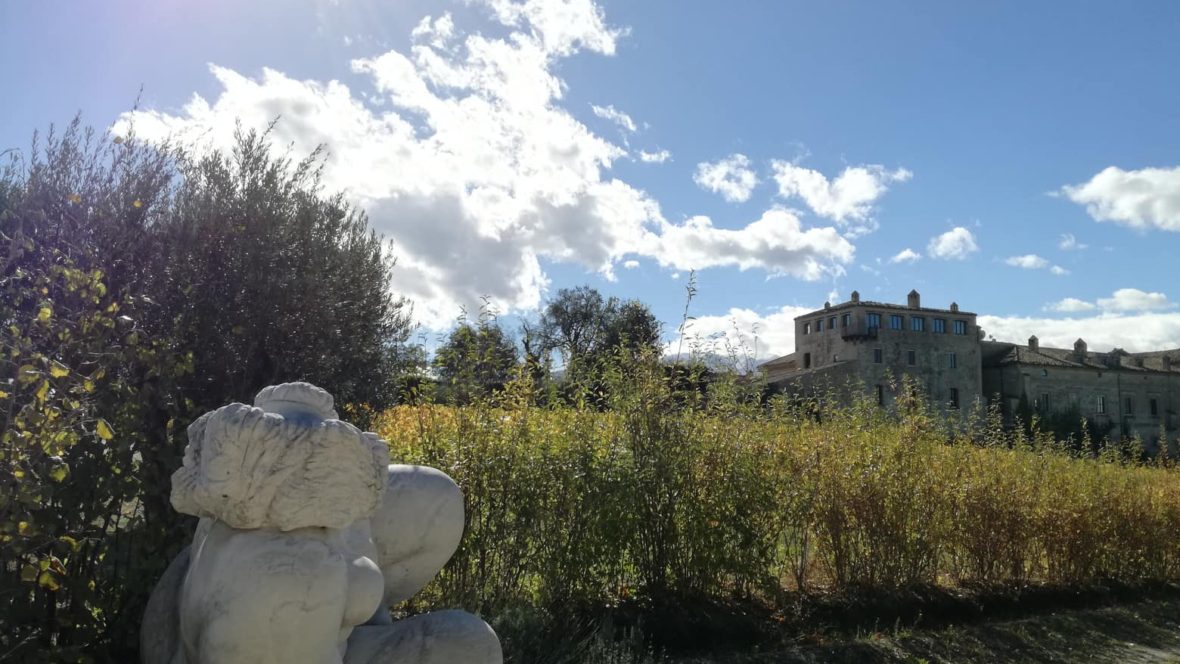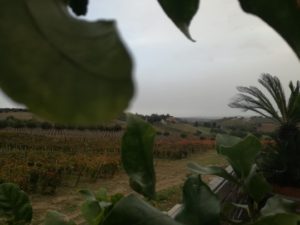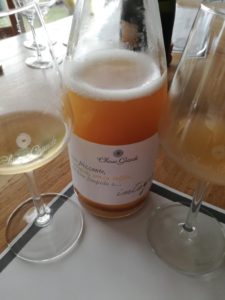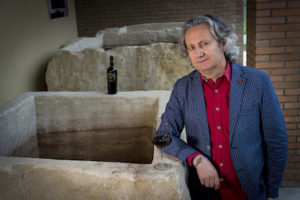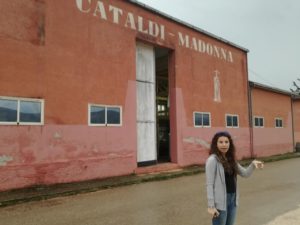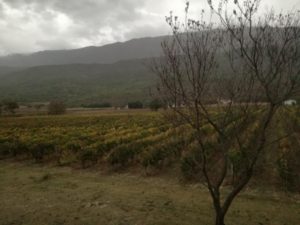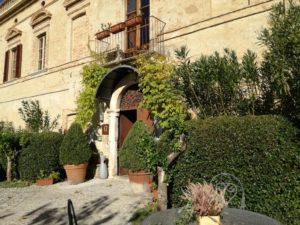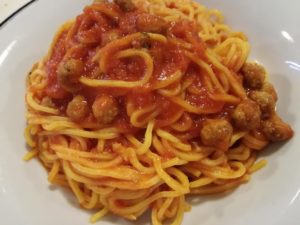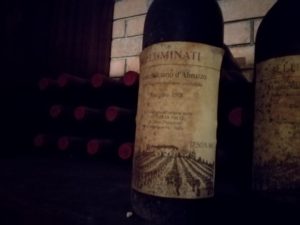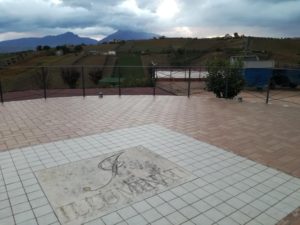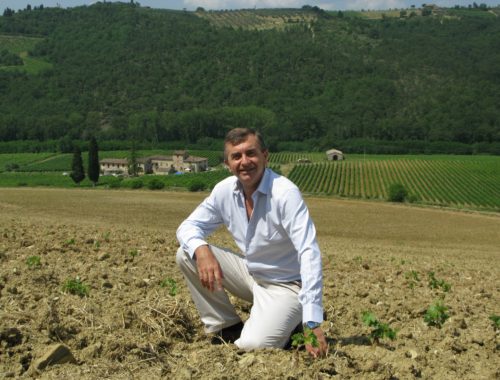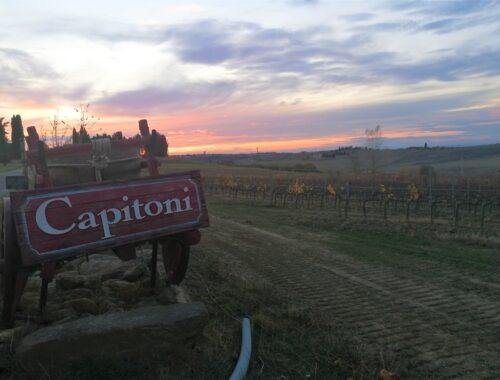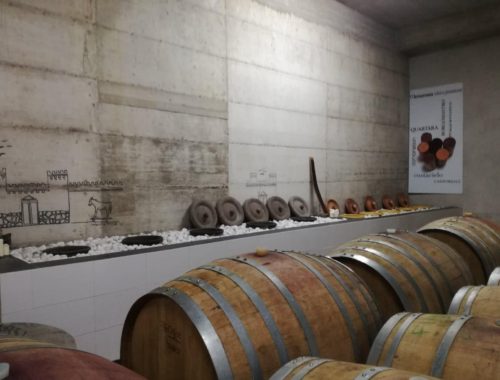A dynamic and proud region. This is my impression after the recent tour I took in Abruzzo. A region of the South for colors, hospitality and brightness. The new generations are now working injecting technical knowledge and enthusiasm at once and thus have reinvigorated a more and more recognized production.
The best-known names are the driving force behind a rising economy that believes in a territorial project with an increasingly clear image. A rather defined framework that is based on an identity built onto two local vines like the names themselves suggest: Trebbiano d’Abruzzo and above all the red Montepulciano d’Abruzzo well known and widespread abroad.
Here is a brief overview of the companies I recently visited and which I particularly appreciated, each one for a very specific reason in addition to the two well-known companies: Azienda Agricola Valentini and Azienda Agricola Emidio Pepe of which I had already written here and here.
CHIUSA GRANDE (Nocciano)
The company is known, since the 90s, for its vinosophia (wine+philosophy) in which the owner Franco D’Eusanio and his family believe with a visionary vision. With 70 hectares the organic production of 600.000 bottles is based on some fundamental principles: hedonism, health and emotions fully promoted right here in the winery with a sensorial path (made of lights and recitations to experience in person) but also outside thanks to a focused communication job that starts, for example, from labels to get to the CD of jazz music dedicated to each wine or a book that contains a complete and fascinating vision of the wine world which goes beyond any kind of technicality.
The production range is wide and complete and I find hard to select just a few. Among these: D’Eus, Classic Method white sparkling from Pecorino, Chardonnay and Montepulciano d’Abruzzo that amazes me for personality and intensity together with Integro, semi-sparkling wine from Ancestral Method that allows, as often happens with products “sur lie”, to experience a double tasting as you approach to the deposit: a rich wine where apricot, hay and bergamot combine and make it very pleasant.
I also liked Trebbiano d’Abruzzo “Mattè” 2017, velvety and ripe with intriguing notes of herbs, white flowers and saffron. As well as the rosè Cerasuolo “Natura” 2017 (without sulphites): full, pungent and versatile. Yet, the wines obtained by vinification in stone are very different and fascinating, a 2011 project based in the old tradition of using the rock of Pietranico for: “In Petra” white (Trebbiano and Pecorino) and “In Petra” red (Montepulciano) share a slightly oxidative character, good body and savouriness. It is also intriguing the Cococciola of the Vinosophia line, vintage 2017, a grape variety nowadays protagonist of the regional identity expansion.
CATALDI MADONNA (Ofena)
Here Giulia C. M. had proudly showed the territory of Ofena in the inland, known as the “oven” of Abruzzo because it is located in the valley with a Mediterranean climate; true only if you forget the 4 Ha glacier that mitigates and makes a territory very different from the area that goes towards the coast.
They are the first producers to believe in Pecorino here in Abruzzo and without changing its name (possibly also to make it more elegant and differentiate it from the notorious cheese) for which, after numerous proofs, they have decided to use only stainless steel. Organic historical company that starts in 1920 with Luigi Cataldi Madonna and now, with Giulia (the fourth generation), tends to a reductive style and work with limited of wood barrels. 30 Ha for about 230.000 bottles among which the line of the “selezioni” worked separately in a small cellar that – not by chance – they call “Barbie” (with the doll at the entrance, 3000 bottles per type). One of the most iconic products is probably “Malandrino”: they were among the first to abandon the wood for Montepulciano, recovering the grandfather’s cement vessels.
Among the wines I am struck by the lively and persistent “Giulia” IGT 2017 from the white grape Pecorino which promises good potential; the award-winning Cerasuolo d’Abruzzo “Piè delle Vigne” Rosé DOC blend of 85% of Montepulciano vinified in white and 15% vinified in red by means of the traditional technique known as “svacata“. The result is surprising: a wine with an intense color, delicate and true, lively, fruity and slightly tannic, very versatile. Finally the already mentioned “Malandrino” Montepulciano d’Abruzzo DOC 2017 vinified in cement and stainless teel. Pungent with hints of plum, green pepper, almond paste and walnut. Matter and freshness combine in a balance that makes it very drinkable, their main goal.
MASCIARELLI (San Martino sulla Marrucina)
A company that is the daughter of courage, those of a very young Gianni Masciarelli who invested in his land even becoming the driving force of an entire region and who, even if passed away, has left a passion for a territory of high vocation in a position of particular charm as you can see from the beautiful Castle of Semivicoli.
Today the property expands in all the provinces with 2 million bottles and a wide range that includes fine and well diversified wines from local or international grapes. Among my favorites the Trebbiano d’Abruzzo of the ‘Castello di Semivicoli’ line 2014, still young with notes of ripe fruit and ash, yet savory and full with still a good potential for ageing. I like to underline the quality of Pecorino 2017 of the same line and the relevance of its charity initiative dedicated every year to children (this vintage for an orphanage in Abruzzo).
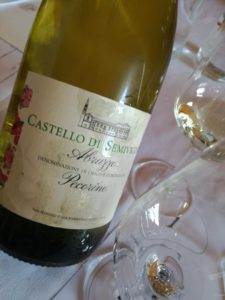
The labels dedicated to children’s charity projects of Pecorino Castello di Semivicoli (Masciarelli)
And then the news of the year: the Syrah 2015 of the international line (Marina Cvetić) released in September, deep, dry and pungent but still close and in the process of integration; same for the intriguing Marina Cvetić “Iskra” 2015 from Controguerra: dense and compact with notes of truffles and mon-chéri and a tannin which asks for time for ageing. Montepulciano d’Abruzzo DOC Villa Gemma 2012 is very elegant and followed directly by Miriam Lee (brand manager) who, with this vintage (2012), has gradually returned to the old style focusing on stainless steel and not very toasted barriques; the wine is released onto market only when it is ready: complex and concentrated with hints of dark fruit and still an excellent potential.
ILLUMINATI (Controguerra)
A historical reference of the territory and to the all region with Dino Illuminati, the founder, still very active. A total of about 1.2 million bottles of which 70% exported, Illuminati offers a wide range in order to enhance not only the best known varieties but also those working as a regional revival built on even more territorial grapes in sight of an increasingly circumscribed identity (ex. Pecorino, Cococciola). Here I am struck by the reds and their immediate character which I once again find on this tour of Abruzzo.
Among these “Ilico” Montepulciano d’Abruzzo DOC 2015 which is fine both on the nose and on the palate: delicious but still thin; with a more international style “Lumen” Controguerra DOC Riserva a red where I find a balanced exchange between Cabernet Sauvignon and Montepulciano d’Abruzzo: dry but once again easy-drinking with never intrusive notes of (small) barrels. I find excellent “Zanna” Montepulciano d’Abruzzo Colline Teramane DOCG Riserva 2013 matured only in big barrels with a rather still close but delicate nose and enriched by a very intriguing note of Mediterranean herbs; concentrated, elegant, harmonious with a nice acidity. Do not miss the panoramic terrace overlooking the vineyards and the all area.



